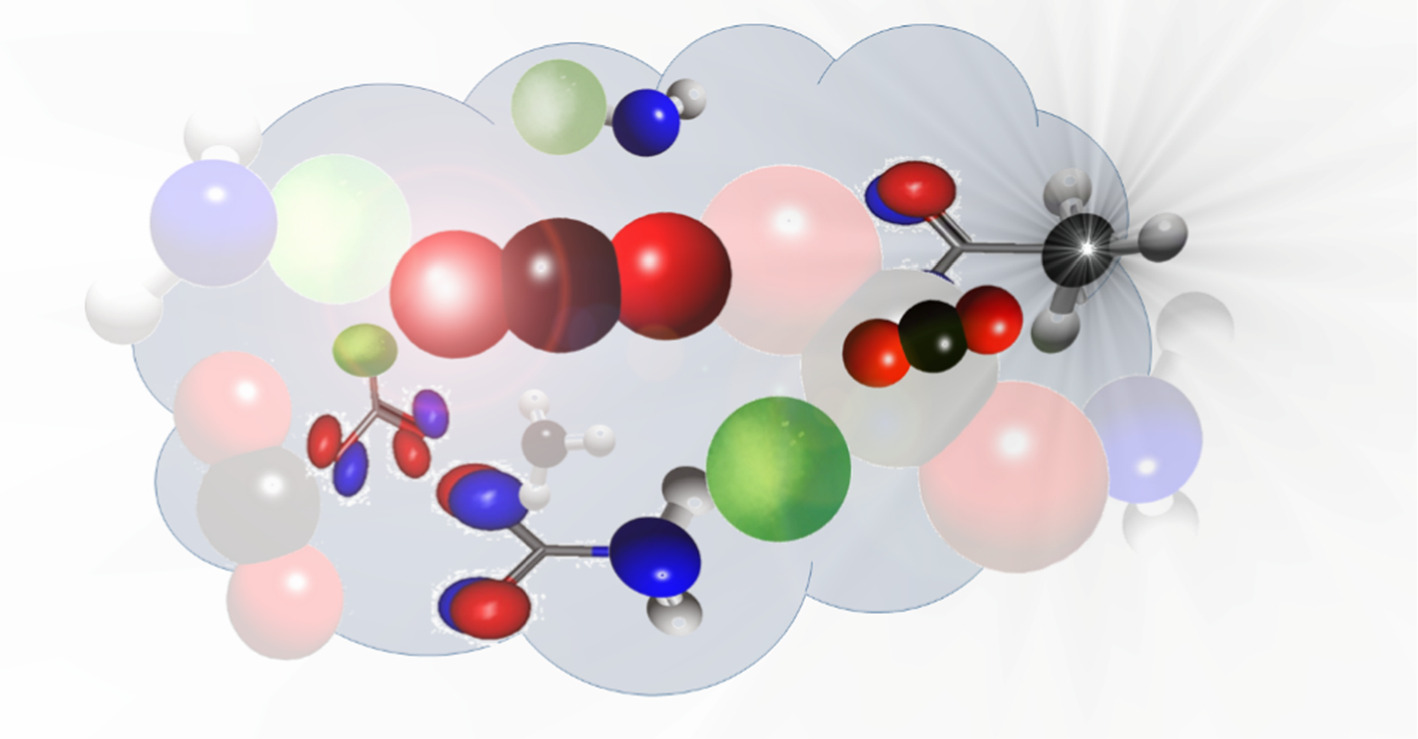https://doi.org/10.1140/epjs/s11734-023-00918-1
Regular Article
Characterization and photochemistry of XCO2 (X = F, NH2, CH3) radicals
1
Laboratoire de Spectroscopie Atomique, Moléculaire et Applications—LSAMA, Université de Tunis-El Manar, Tunis, Tunisia
2
Université Gustave Eiffel, COSYS/IMSE, 5 Bd Descartes, 77454, Champs Sur Marne, France
3
Sorbonne Université, CNRS, Laboratoire de Chimie Physique—Matière et Rayonnement, LCP-MR, 75005, Paris, France
e
majdi.hochlaf@univ-eiffel.fr
Received:
15
July
2022
Accepted:
2
July
2023
Published online:
4
August
2023
The XCO2 (X = F, NH2, CH3) radicals are present in the Earth atmosphere, where they are produced by the degradation of Volatile Organic Compounds (VOCs), either industrial or natural. Here, we use advanced ab initio methodologies to characterize these species in their ground and electronically excited states. Computations are carried out using the Coupled Clusters, both standard and explicitly correlated versions, and multiconfigurational approaches. Several basis sets were used. Afterward, the geometrical parameters and the total energies were extrapolated to the complete basis set (CBS) limit. We also mapped their potentials along the central bond to have insights on the XCO2 → X + CO2 reactions. We thus show that the ground and the lowest electronic excited states are long-lived, for which we provide a set of accurate structural and spectroscopic parameters. The upper electronic states are subject of unimolecular decompositions producing CO2 and X fragments. Our calculations show that the FCO2 (X2B2) → F(2P) + CO2 (X1Σg+) and the CH3CO2 (X2A″) → CH3(X2A″2) + CO2 (X1Σg+) processes require at least 3.5 eV energy to occur, while less energy (of ∼ 2.5 eV) is needed for the NH2CO2 (X2A″) → NH2(X2B1) + CO2 (X1Σg+) reaction. The present findings and data are useful to characterize these radicals in the laboratory, in planetary atmospheres and in combustion and to understand their physical chemistry there.
Supplementary Information The online version contains supplementary material available at https://doi.org/10.1140/epjs/s11734-023-00918-1.
Copyright comment Springer Nature or its licensor (e.g. a society or other partner) holds exclusive rights to this article under a publishing agreement with the author(s) or other rightsholder(s); author self-archiving of the accepted manuscript version of this article is solely governed by the terms of such publishing agreement and applicable law.
© The Author(s), under exclusive licence to EDP Sciences, Springer-Verlag GmbH Germany, part of Springer Nature 2023. Springer Nature or its licensor (e.g. a society or other partner) holds exclusive rights to this article under a publishing agreement with the author(s) or other rightsholder(s); author self-archiving of the accepted manuscript version of this article is solely governed by the terms of such publishing agreement and applicable law.





